Words Miguel Llona, with Mel Patrick Kasingsing
Images The Henry Dumaguete
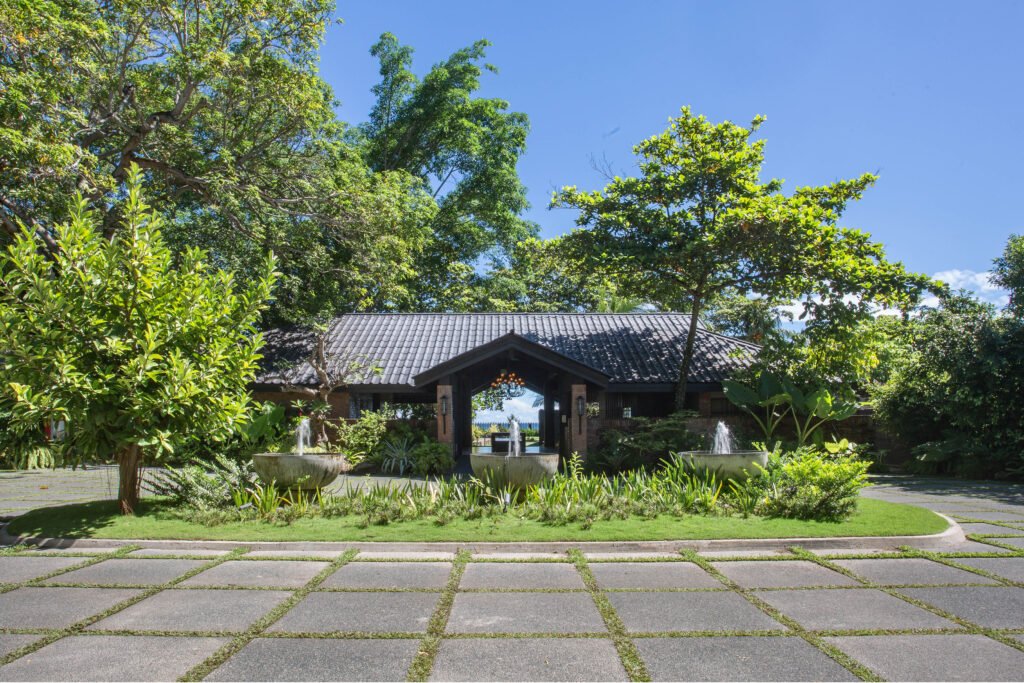
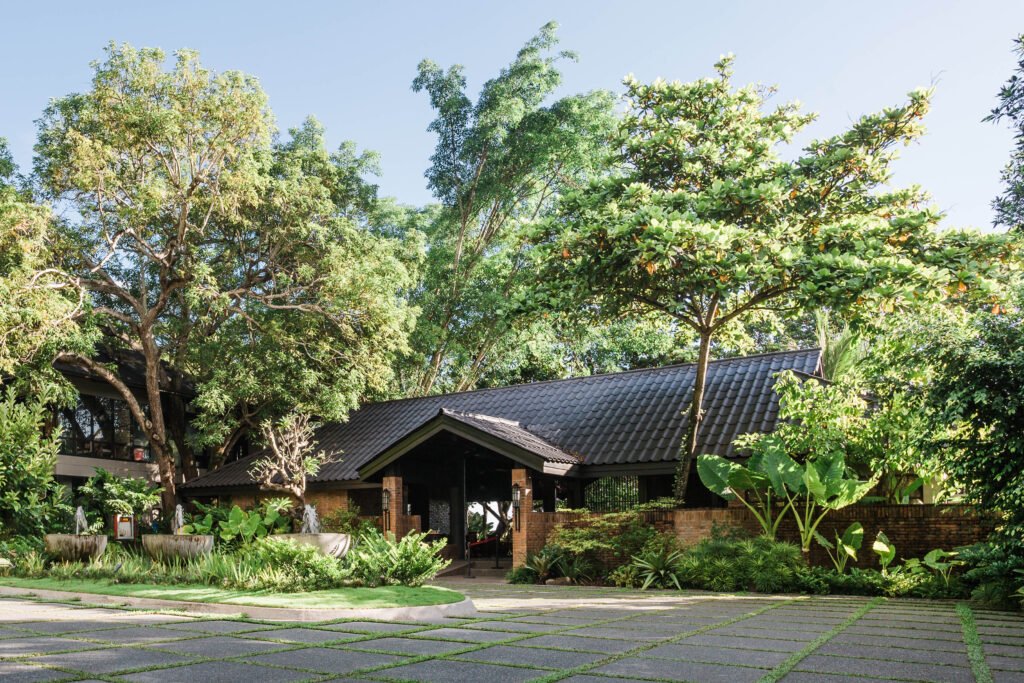
The first Henry Hotel, which opened in Cebu last 2012, is what one would imagine a boutique hotel would be. Every space and corner is bursting with pop art, colorful murals, mismatched furniture, and other kitschy decorations that are meant to elicit surprise and awe from guests. It’s an aesthetic that certainly leaves an impression, overloading the senses with countless idiosyncrasies.
Since that first foray into the hospitality industry, the Henry has since transitioned to a more site-sensitive, context-driven approach, one that prioritizes local culture and the site’s sense of place. In 2014, they restored an old mansion in Manila and its adjacent cottages, keeping the structures intact and furnishing the interiors with furniture and materials that renew their old-world ambiance. The gardens surrounding the property—the landscape design done by National Artist IP Santos, no less—were also maintained, giving the hotel the serenity of a natural enclave and imbuing it with nostalgia for a bygone era.


The contrast between the Cebu and Manila hotels is stark, but they both achieve the same effect—an immersive and esoteric experience that helps guests escape the roughness of the urban environment. The main difference lies in the cohesion of the final design, from which a clearer narrative emerges. For their newest hotel in Dumaguete, the Henry repeated the formula from their Manila hotel, setting their sights this time on a decades-old resort that they transformed into a hospitality and leisure destination. The property was previously the South Sea Resort, a landmark in Dumaguete for the past four decades that overlooks the Southern Tañon seascape.
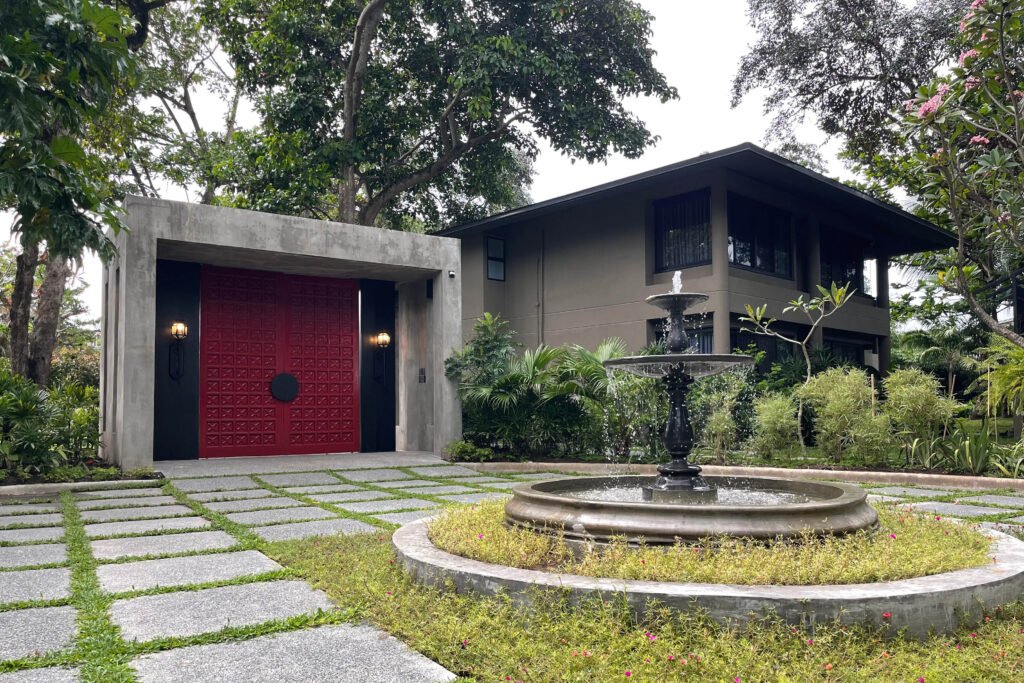

For their newest hotel in Dumaguete, The Henry repeated the formula from their Manila hotel, setting their sights this time on a decades-old resort that they transformed into a hospitality and leisure destination.
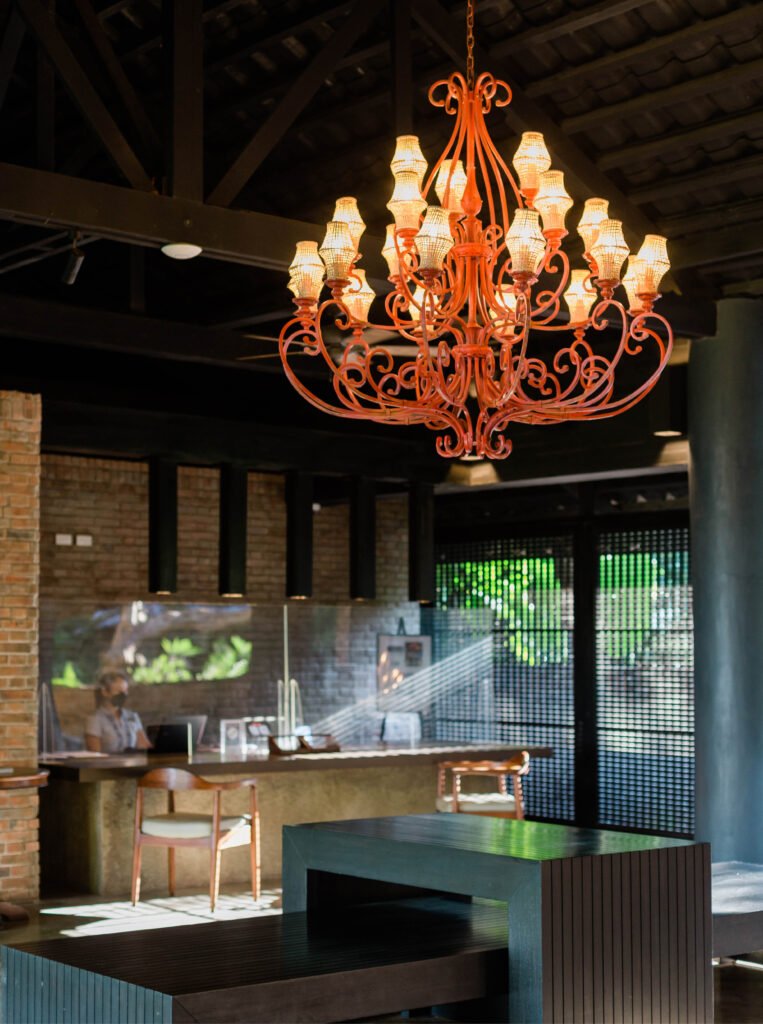

The two-hectare site is lush with native plants and trees that take up 70-80% of the total area, perfect as an idyllic getaway. The Henry was cognizant of this, so their main priorities once they obtained the property were to retain as much of the original structures and the overgrowth surrounding them. They recognized that doing so is essential to preserving a sense of place, that ineffable idea that is often overlooked or even dismissed by architects, and especially developers whose first instinct is to often raze everything to the ground, erasing histories and memories in the process. The latter is exactly what The Henry wanted to avoid. Not content to simply provide an experience “like no other,” they wanted to create a hotel that embodied the soul of Dumaguete. “There was an emphasis on staying connected to the past but also introducing new elements to make it interesting and dynamic,” says Tim Wong of Polygon, the architecture firm brought in for the project. “It’s quite rare for us that the client would put so much value on old structures. And since our office believes in the evolutionary nature of architecture, we saw it as an opportunity to explore possibilities, like how can we improve on what came before while adding our own interpretation of these spaces and modernizing their functions?”
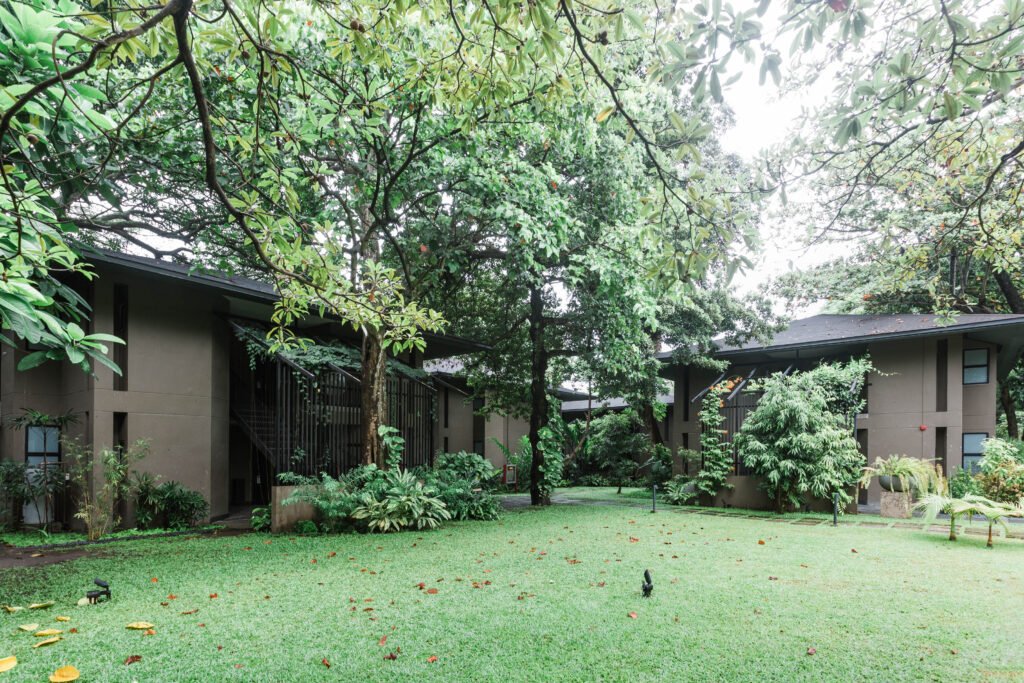



Following the concept and creative direction of interior designer Eric Paras (who also designed The Henry Manila), the design team renovated the old structures within the resort and built new ones that would entice Dumagueños and non-natives alike. But before they could take on the challenge of mixing and matching the old with the new, they first had to determine whether the structures were even worth saving. Assessment of the structures focused on three things: their sturdiness after years of wear and tear, the integrity of the overall design, and the story that each building told. It helped that each building, though in dire need of repair at first, had character, with their locally sourced materials and modern tropical design that reminds Wong of Geoffrey Bawa’s architecture.
“It was important to balance the intrinsic characteristics of the building with the potential use; if there will be too much alteration or retrofitting that needed to be done, it won’t be practical anymore,” says Wong. This approach allowed the team to figure out the best program for each building—the eight villas were retained from their original use, revamped to house the resort’s 32 bedrooms; the conservatory building was reused for events and other functions, and several structures were renovated as restaurants. To retain the authenticity of the buildings, the team tried to reuse the original materials as much as possible. Some materials could still be reused, such as the marble flooring for the buildings and ara-al stones for outdoor pathways, but other elements had to be replaced with modern treatments such as replacing damaged wooden roofs and columns with steel.
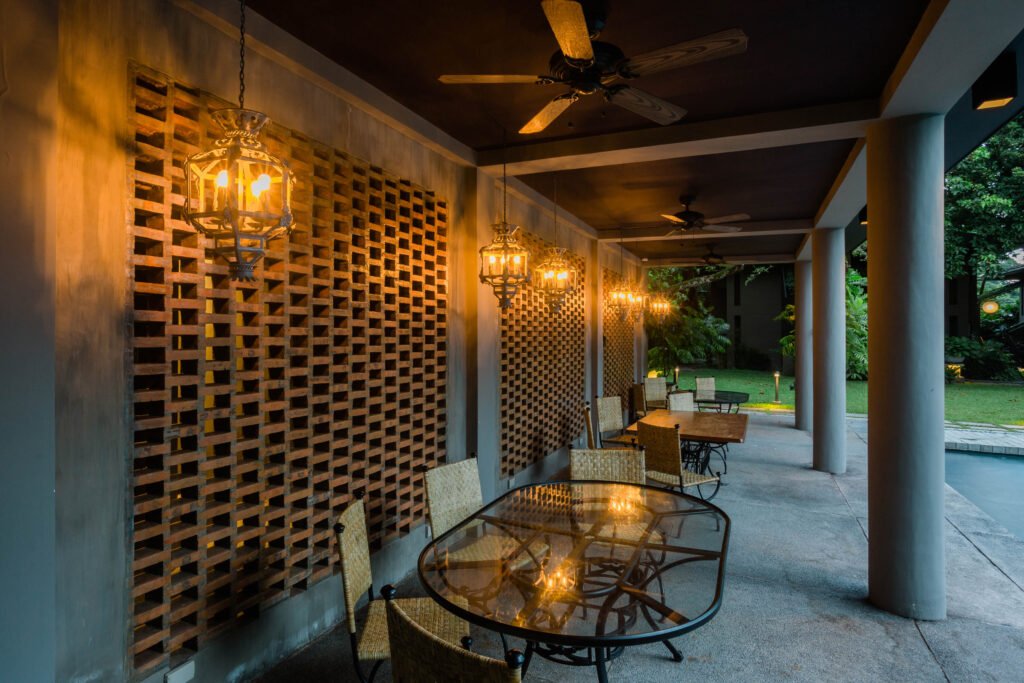

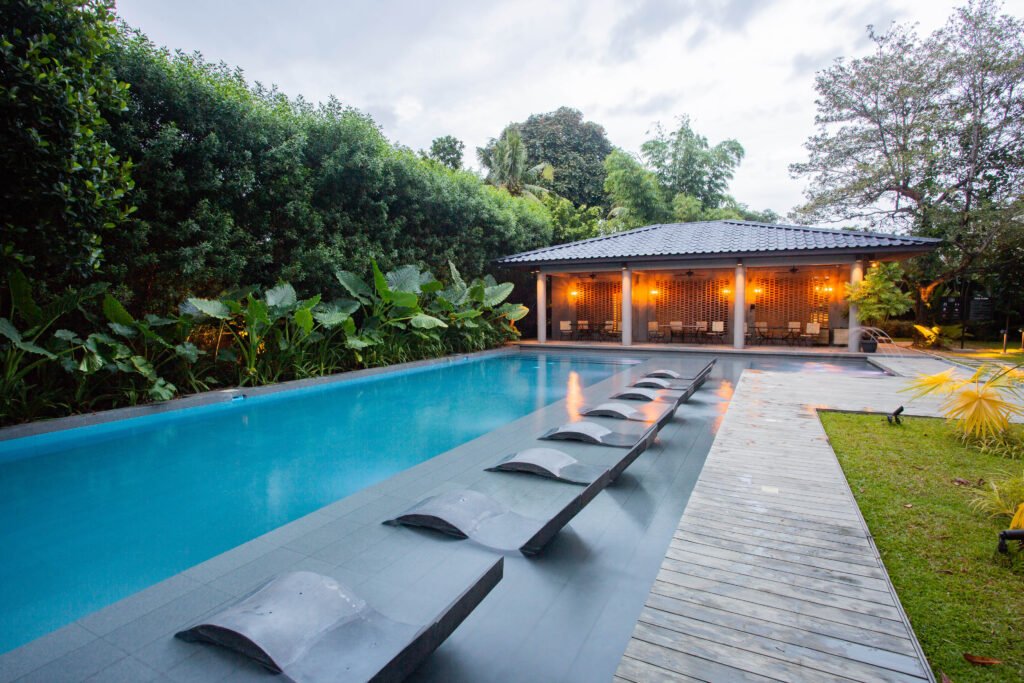

Because the lush vegetation takes up more than half of the site, they are as important as the buildings themselves, if not more. Trees and shrubs such as endemic talisay and botong, mango, anahaw palms, ilang-ilang, and champaca trees grew all around the property, with other tropical plants added by landscape designer Alan Tan to complete the resort feel. The resulting landscape design sees green canopies and crowns of leaves framing each building, as if the vegetation is part of the architecture. The Amorsolo Conservatory, the open-air banquet hall in the resort, is most emblematic of this tropical design language, as leaves were allowed to grow between the ceiling trusses as though they had grown with the building through the years. Apart from making a garden out of the conservatory, the vegetation between the trusses also acts as natural insulation.
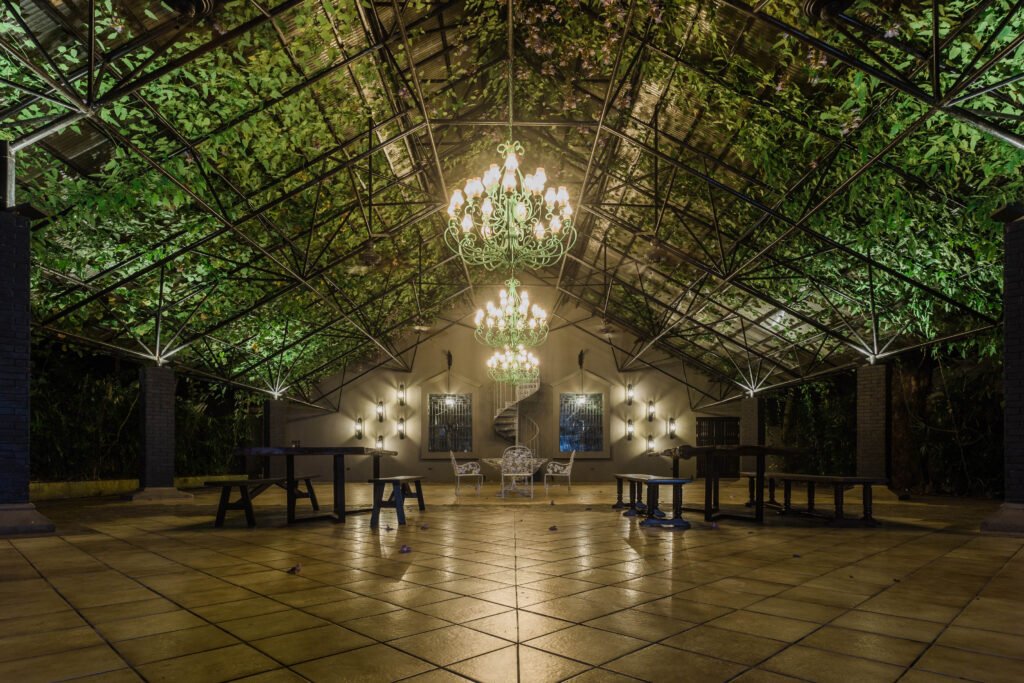
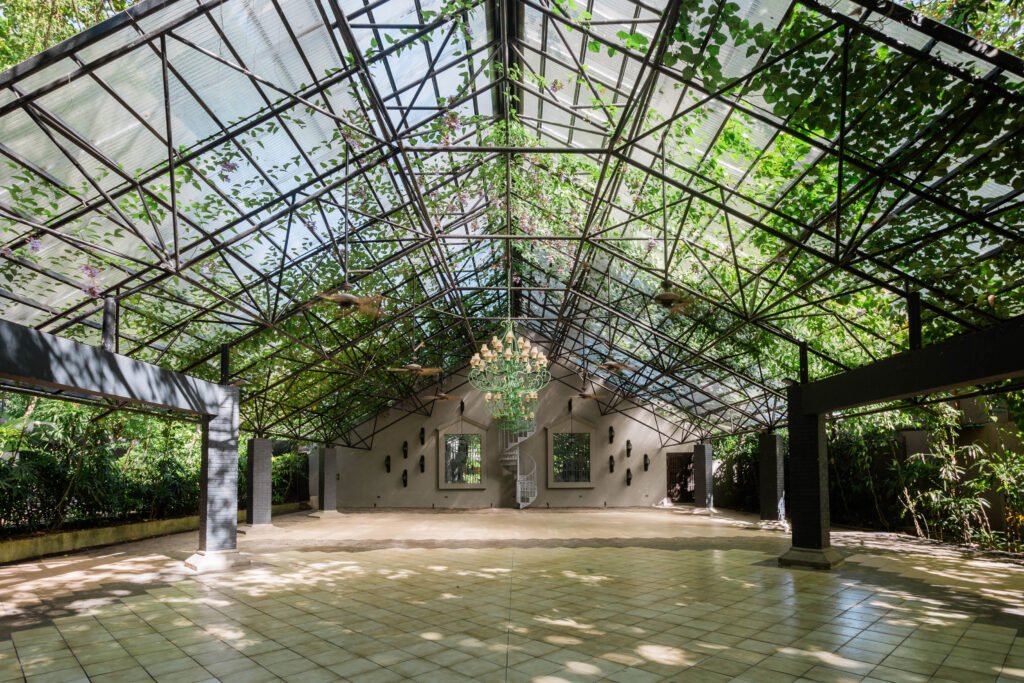
The respect shown by The Henry towards the site and its existing architecture breeds a pride of place, in that the project feels as endemic to Dumaguete as some of the plants within the property. The city has long had a rich cultural and architectural heritage influenced by the Spanish and American colonial periods, and preserving those was essential to maintaining the pride of place. A gallery building is dedicated to collections from local artists that capture the soul of Dumaguete, while Paras furnished the interior spaces with antique furniture. Even the simple decision to retain the bricks for the walls breathes renewed life into the building since there is still a lot of history in small details.




By creating a cohesive narrative between the site, the old structures, and the cultural and architectural heritage of the region, the Henry Dumaguete attains the richness of a finely woven tapestry. One feels that there is more to the resort than being a rustic getaway, which can be discovered through its plants, stones, and structures that were kept alive by caring hands. •
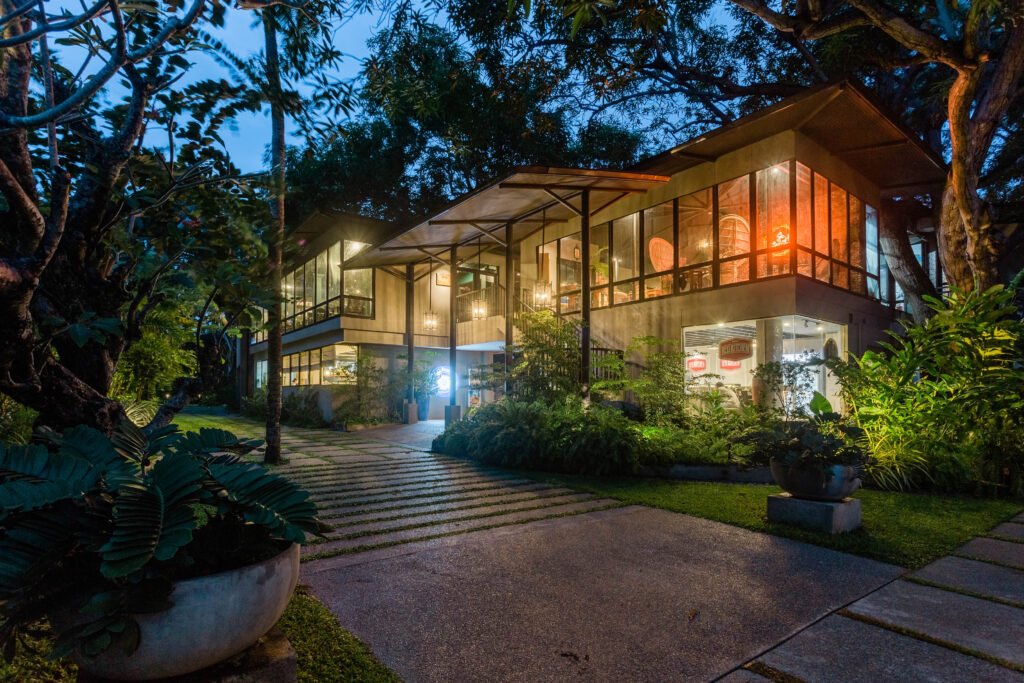

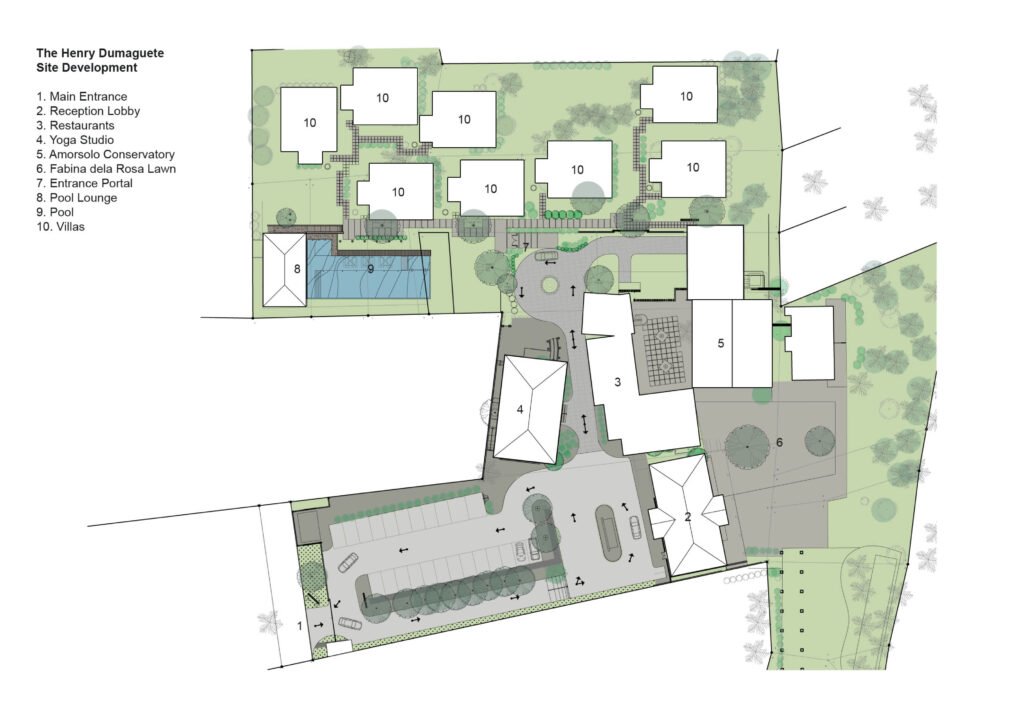

Project Team
Client:
Jaime Ponce De Leon Ventures Inc.
Project Development:
The Henry Hotels & Resorts
Architect:
POLYGON: Human-Centered Space Design
Ar. Tim Wong and Ar. Marianne Wong
Interior Design:
A-11, Eric Paras
Landscape:
Alan Tan
Project Management:
ACube Premium Builders, Ar. Manny Aguas
Miguel Llona is a writer who has written for numerous print and online publications. He was a former editor at BluPrint magazine, and currently serves as marketing consultant for an interior design firm and a structural engineering company.


One Response